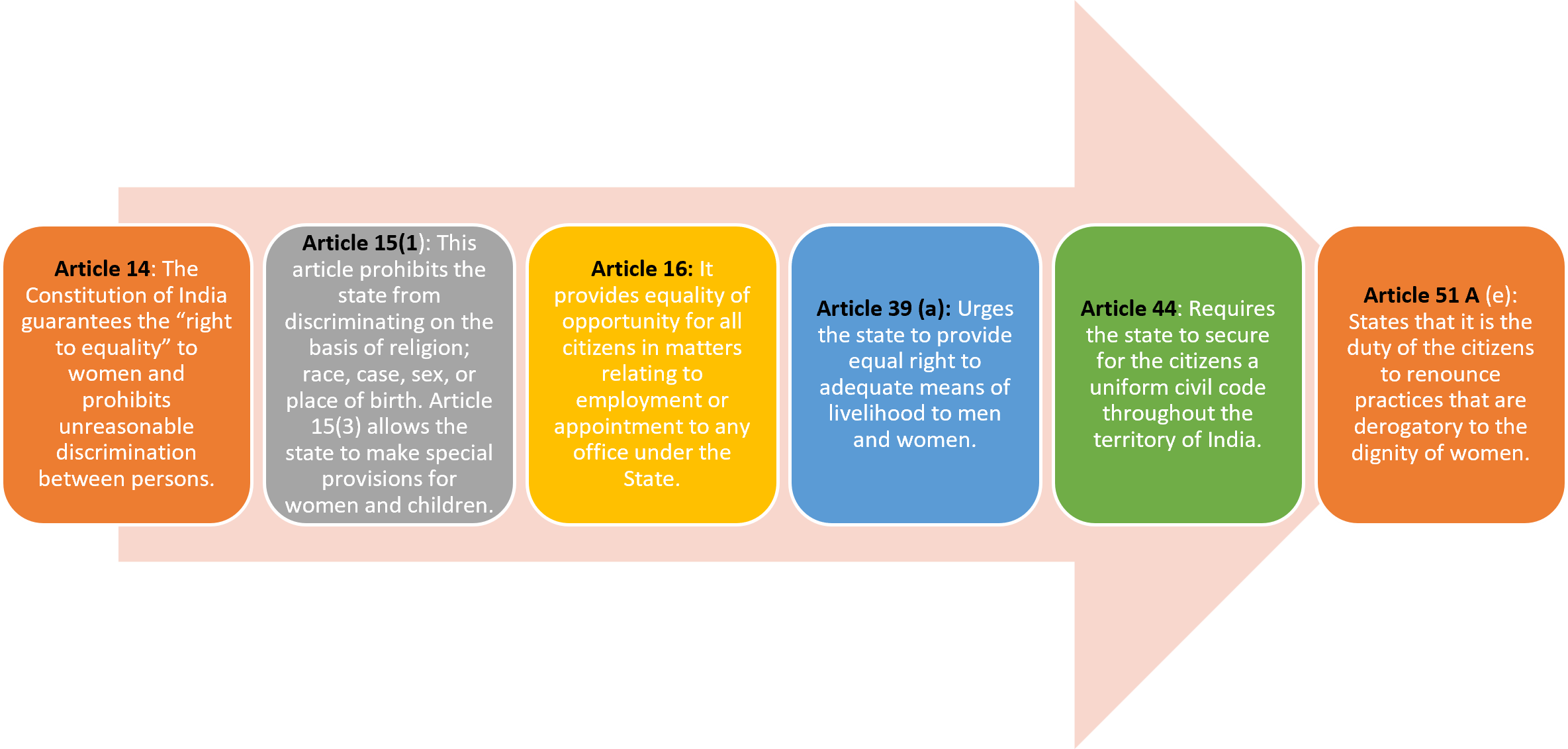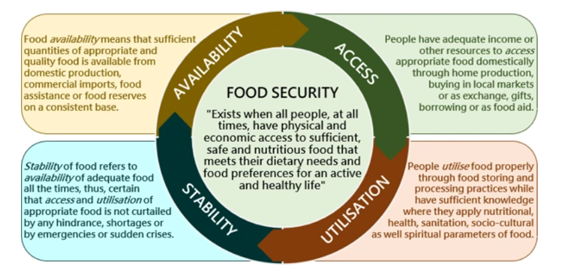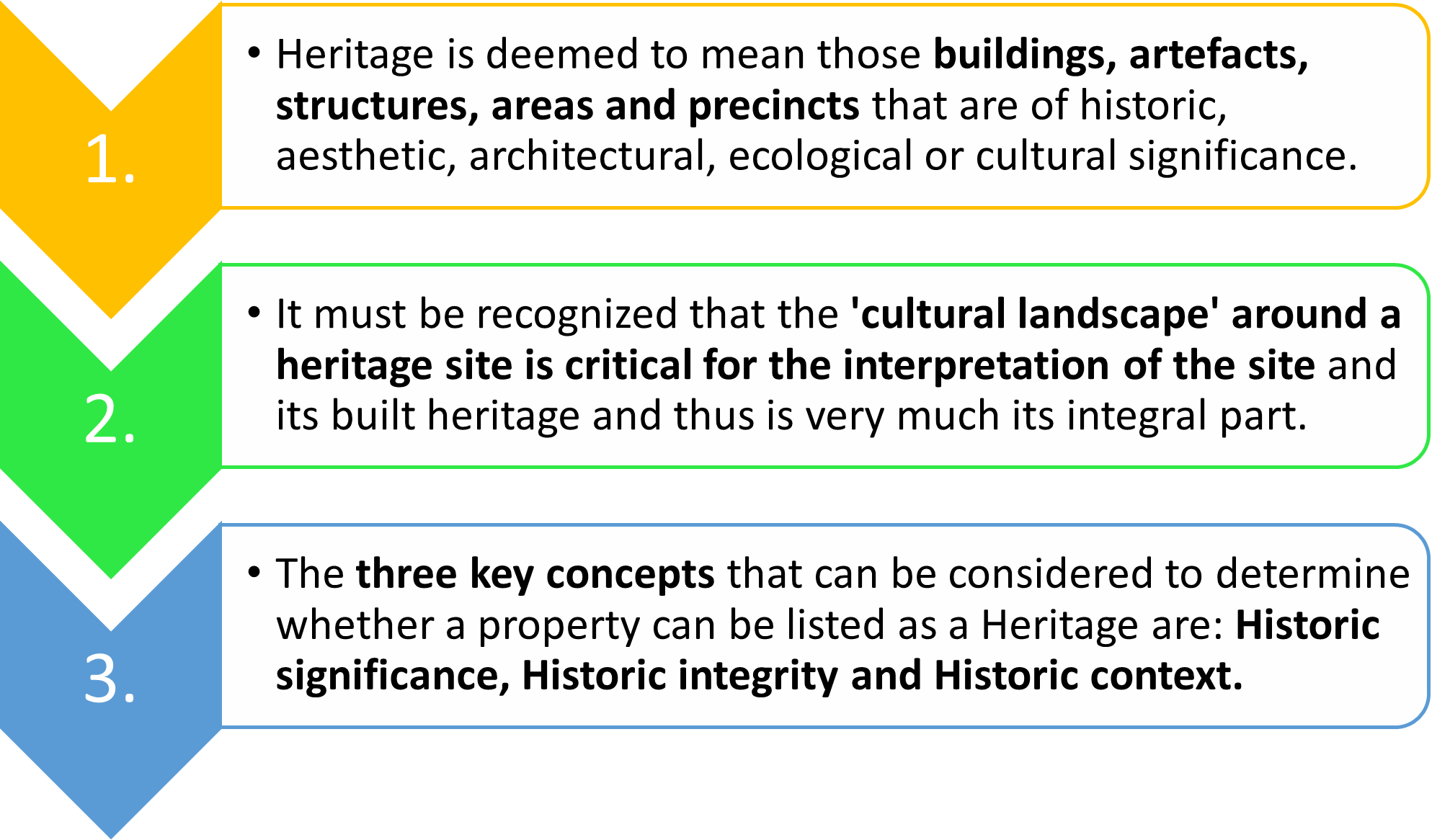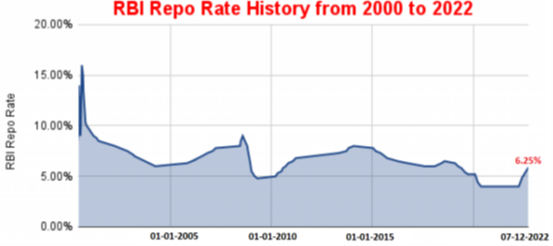Thursday, 15th December 2022
India’s imports from China rose sharply post Galwan clash: Data
In the News
Amid demands for snapping of trade ties with China in the wake of recent Tawang skirmish, official data show that India’s imports from China has spiked sharply post the Galwan clash in 2020, resulting in increased trade deficit.
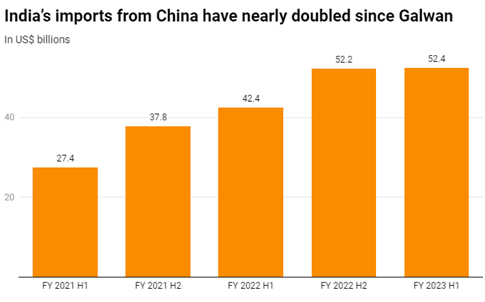 About India’s trade relations:
About India’s trade relations:
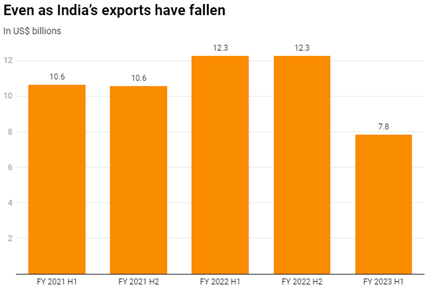
- China is India’s second biggest trading partner after the United States. In 2021-22, India-China bilateral trade was 19% of India’s total merchandise trade. US was at 11.54%.
- While both China and the US have been India’s top trading partners in recent years, India had a trade surplus of $32.85 billion with US, while with China, it had a trade deficit of $73.31 billion in 2021-22.
- Exports from India to China have also fallen because of fall in global commodity prices due to concerns of a recession in the global economy
- India’s trade deficit with China has increased from $1 billion to $73 billion in the past 21 years.
- During the first seven months of current financial year, India’s trade deficit with China increased to $51 billion, which was 39 % higher than the deficit recorded in the corresponding period of the last fiscal.
- Apart from the US and China, the other eight countries and regions among India’s top trading partners during 2021-22 were UAE, Saudi Arabia, Iraq, Singapore, Hong Kong, Indonesia, South Korea, and Australia.
What is causing rise in India’s imports and the trade deficit with China, despite border clashes?
- India has been unable to substitute the import of finished goods from China due to underdeveloped domestic industries and a mismatch in demand and supply.
- The rise in the import of intermediate goods is due to industrial recovery and greater demand for inputs.
- India’s biggest imports are finished items of high value such as personal computers, monolithic integrated circuits-digital, lithium-ion, solar cells, etc. leading to increased import bills such as:
- India’s export to china includes mostly raw materials of low export value such as ores, slag and ash, organic chemicals, mineral fuels, mineral oils and products of their distillation, mineral waxes, iron and steel, cotton etc. This results in an increasing trade deficit.
What are the implications of border clashes on India-China economic relations?
- While imports from China have risen, other aspects of economic relations have significantly changed. India has made it clear that business cannot be as usual, until tensions along the borders continue.
- Investments from China in the past year have plunged amid tighter curbs and restrictions by the government. The once rapidly increasing Chinese investments in start-ups by tech giants such as Alibaba and Tencent has come to an abrupt halt.
- More than 200 apps have been banned by the government over concerns of internal security. Chinese firms have been kept out of 5G trials so far.
- India has also tightened scrutiny on Chinese firms in India. Tax investigations were conducted in companies including smartphone manufacturer Xiaomi.
Source:
https://indianexpress.com/article/explained/explained-economics/indias-imports-from-china-rose-sharply-post-galwan-clash-what-trade-data-show-8325053/
Image Source:
https://scroll.in/article/1039663/galwan-to-tawang-even-as-border-attacks-continue-indias-imports-from-china-have-boomed
Understanding the disputed LAC and China’s claims over Arunachal
Line of Actual Control (LAC)
In News:
- Arunachal witnesses fresh clashes between India and China along LAC
About the News:

- Indian and Chinese troops recently clashed in the Tawang sector of India's Arunachal Pradesh state.
- Both countries do not agree on the LAC since India considers the LAC to be 3,488 km long while the Chinese consider it to be only around 2,000 km.
- In certain areas along the LAC in the Tawang Sector in Arunachal Pradesh, there are areas of differing perception, wherein both sides patrol the area up to their claim lines since 2006.
- Since there is no commonly delineated Line of Actual Control (LAC) between India and China, both sides often face skirmishes due to differences in perception.
- The LAC is more heavily contested in the Western Sector leading to more frequent incursions such as Galwan incident in Ladakh than in the Eastern Sector.
Line of Actual Control (LAC):
- About: The LAC separates Indian-controlled territory from Chinese-controlled
- Location: It is divided into three sectors viz.,
- Eastern Sector (McMahon Line): Arunachal Pradesh and Sikkim
- Middle Sector: Uttarakhand and Himachal Pradesh
- Western Sector: Ladakh
- Legitimacy: During the 1959 and 1962 wars, India discarded the Chinese concept of LAC as a disconnected series of points on a map that could be joined up in many ways.
- LAC: It was only during Chinese Premier Li Peng’s 1991 visit to India when it was formally accepted culminating into both sides signing the Agreement on the Maintenance of Peace and Tranquility along the Line of Actual Control.
Major issue with LAC:
- Background: It is a line drawn primarily on the highest watershed principle, marked out of previously unclaimed/ undefined borders between Britain and Tibet, and included Tawang in the British empire which was later disputed by China after its annexation of Tibet.
- Ambiguity: The reference to LAC has been unqualified as during the treaty between India and China, it was made clear that India was not referring to the LAC of 1959 or 1962but to the LAC at the time when the agreement was signed, however, itis opposed by China.
- Communist era: Post the communists takeover of China, it unilaterally discarded all the international agreements and started demanding a re-negotiation of all its borders.
- Chinese aggression: China claimed LAC as the so-called McMahon Line in the east and the line upto which each side exercises actual control in the west as in 1959.
- Indian response: It rejected the claim leading to Indo-China war in 1962 war by blatant military aggression and deception creating LAC which is status quo at present.
- Claim on Arunachal Pradesh: China claims some 90,000 sq km of Arunachal Pradesh as its territory calling the area “Zangnan” in the Chinese language and part as its “South Tibet” on the grounds that ancient Tibet has no independent authority to enter into international agreements.
Source:
https://indianexpress.com/article/explained/the-disputed-lac-and-chinas-claims-over-arunachal-pradesh-8324703/
The Arctic Is Becoming Wetter and Stormier: Study
In news
An assessment contained in the 2022 Arctic Report Card, an annual publication from the US National Oceanic and Atmospheric Administration (NoAA),which surveys the climatic health of the entire region has been released.
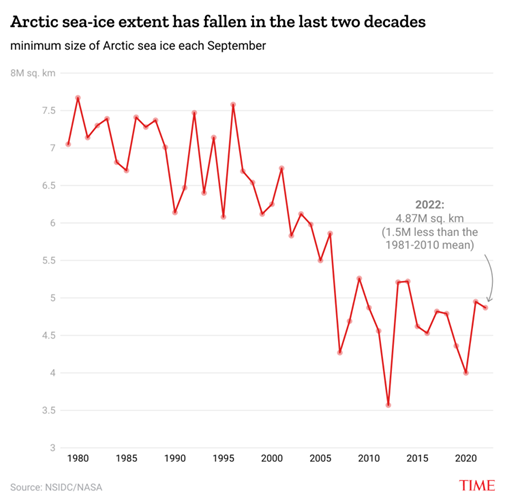 About Report Findings
About Report Findings
- As humans warm the planet, the once reliably frigid and frozen Arctic is becoming wetter and stormier, with shifts in its climate and seasons that are forcing local communities, wildlife and ecosystems to adapt.
- The NOAA reported the following figures:
- This year, Arctic air temperatures were the sixth warmest on record, going all the way back to 1900.
- Snow cover was the second lowest dating back 56 years across the North American Arctic and the third lowest across the Eurasian portion.
- The extent of Arctic sea ice was more than 36% below 1979 averages in September—a fact exacerbated by warmer surface sea temperatures.
- The Greening of the tundra is increasing, with the area covered by plant life rather than snow and ice, coming in this year at the fourth most extensive since 2000.
- The report stressed that while the poor environmental health of the Arctic is bad for the planet as a whole, it is the Indigenous people and other locals who are most immediately paying the price in a host of ways.
- The consequent impacts of changes in the Arctic region include:
- Migratory patterns of caribou, walruses, bowhead whales, geese, and fish have also changed, making hunts harder and often less productive.
- Increased rainfall and floods have resulted in declined access to potable water, partly due to coastal flooding that mixes saltwater with freshwater sources like lakes and rivers.
- The loss of permafrost that was counted on to feed land basins has led to increasing drying, resulting in Wildfires across the Alaska region.
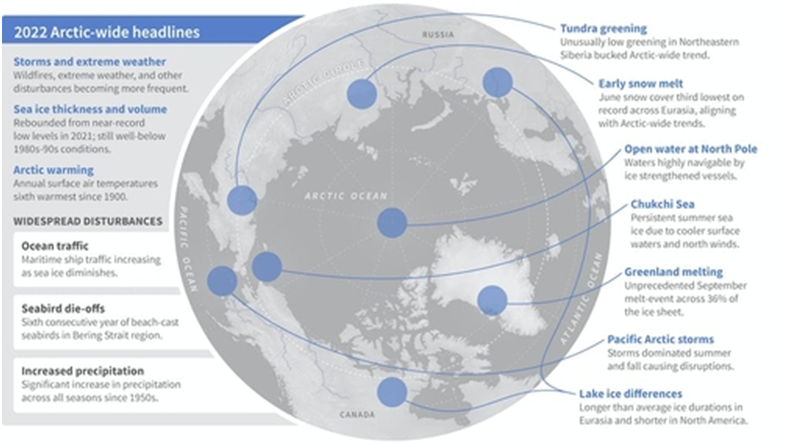
Importance of Arctic region study
- It is a mineral rich region, spreading over one-sixth of the earth’s landmass, and brings in a wide array of ecological services that helps to regulate the world’s temperature, benefiting the people at large.
- Arctic research and R&D are important for India also to study melting rates of the Himalayan glaciers, which are endowed with the largest freshwater reserves in the world outside the geographic poles.
India and Arctic region
- India has launched an Arctic policy titled 'India and the Arctic: building a partnership for sustainable development’ laying down six pillars:
- strengthening India's scientific research and cooperation
- climate and environmental protection
- economic and human development
- transportation and connectivity
- governance and international cooperation, and
- national capacity building in the Arctic region.
- India is one of thirteen nations holding Observer status in the Arctic Council, a high-level intergovernmental forum that addresses issues faced by the Arctic governments and the indigenous people of the Arctic.
- Also, India opened a research base named 'Himadri' in Svalbard, Norway in 2008 to carry out studies in disciplines like Glaciology, Atmospheric sciences & Biological sciences.
Source
The Arctic is Heating Up, Disrupting the Planet and Local Communities, NOAA Report Shows
The Arctic Is Becoming Wetter and Stormier, Scientists Warn
Image source
https://api.time.com/wp-content/uploads/2022/12/XNyFu-arctic-sea-ice-extent-has-fallen-in-the-last-two-decades.png?w=1240
How gene therapy could cure cancer?
Why in news?
- Recently, Scientists in the United Kingdom testing a new form of cancer therapy, reported success in a teenaged girl, with a form of cancer called T-cell acute lymphoblastic leukaemia.
|
About T-cell
About T-cell acute lymphoblastic Cancer
|
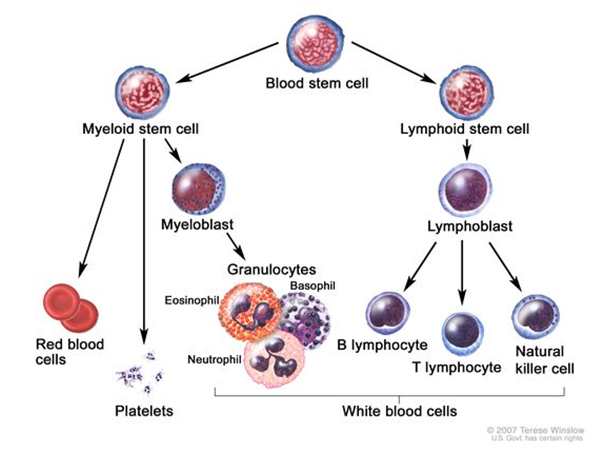
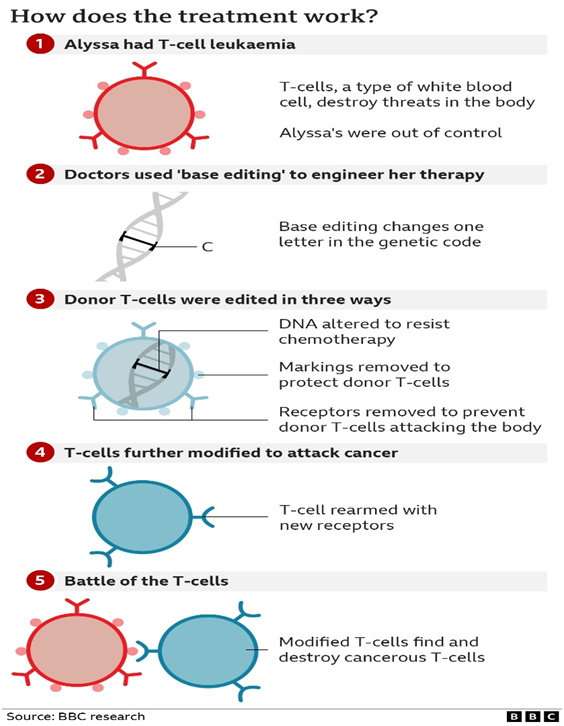
What is Base Editing?
- A person’s genetic code is several permutations of four bases: Adenine (A), Guanin (G), cytosine (C) and thymine (T).
- Sequences of these bases, akin to letters in the alphabet, spell out genes that are instructions to produce the wide array of proteins necessary for the body’s functions.
- Base editing allows scientists to zoom to a precise part of the genetic code and then alter the molecular structure of just one base, converting it into another and changing the genetic instructions.
- The large team of doctors and scientists used this tool to engineer a new type of T-cell that was capable of hunting down and killing cancerous T-cells.
How did base-editing work in this case?
- The objective of gene therapy in the case of T-cell leukaemia was to fix the immune system in a way that it stops making cancerous T-cells.
- First, healthy T-cells were extracted from a donor and put through a series of edits. The first base edit blocked the T-cells targeting mechanism so it would cease attacking the patient’s body.
- The second removed a chemical marking, called CD7, which is on all T-cells.
- The third prevented the cells being killed by a chemotherapy drug.
- Finally, the T-cells were programmed to destroy all cells — cancerous or protective — with CD7 marked on it.
- That’s why this marking has to be removed from the therapy – otherwise, it would just destroy itself.
- If the therapy works, the patient’s immune system – including T-cells – will be rebuilt with the second bone-marrow transplant.
Content Source Link:
https://www.thehindu.com/sci-tech/health/explained-how-gene-therapy-could-cure-cancer/article66264167.ece
Bihar dry state and constitutional provisions
- Context:Six villagers have died in a suspected hooch tragedy in the Saran district in dry Bihar.
- Bihar has been a dry State since April 2016 under stringent laws. Official records show that about 170 people died in Bihar from January to November this year due to the consumption of spurious liquor.
- Hooch is an alcoholic drink, especially inferioror illicit whisky.
- Article 47: State shall endeavour the prohibition of the consumption of intoxicating drinks and of drugs except for medicinal purposes.
- Article 21 (Right to life and liberty): Consumption of liquor leads to degradation of human dignity.
- Article 38:The function of the Republic is to secure socioeconomic justice.
- Legal status: Alcohol prohibition is a state subject with each state having full control of alcohol legislation, state excise rates and the organization of production and sale of alcohol.
Source:
https://www.thehindu.com/news/national/other-states/hooch-tragedy-claims-several-lives-in-dry-bihar/article66262850.ece/amp/
BeyporeUru - Edukemy Current Affairs
- Context: Recently District Tourism Promotion Council (Kozhikode) applied for GI Tag for BeyporeUru.
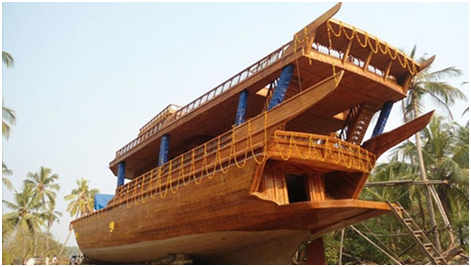
- It is a wooden dhow or a sailing vessel handcrafted by skilled artisans and carpenters in Beypore, Kerala.
- It is mainly made of premium Malabar teak.
- The carpenters manually join each piece without using modern technology. Therefore, it takes 1 to 4 years to complete one uru.
- GI tags are issued as per the Geographical Indications of Goods (Registration and Protection) Act,1999.
- This tag is issued by the Geographical Indication Registry under the Department of Industry Promotion and Internal Trade, Ministry of Commerce and Industry.
|
Source:
https://www.thehindu.com/news/national/tamil-nadu/geographical-indication-tag-sought-for-beypore-uru/article66263585.ece/amp/
UIDAI - Edukemy Current Affairs
Context: G-20 members discuss digital inclusion in Finance Track meeting in Bengaluru.
The UIDAI is a statutory authority established under the provisions of the Aadhaar Act, 2016 by the Government of India.
- UIDAI was created with the objective to issue Unique Identification numbers (UID), named as "Aadhaar", to all residents of India. The UID had to be
 (a) robust enough to eliminate duplicate and fake identities, and
(a) robust enough to eliminate duplicate and fake identities, and
(b) verifiable and authenticable in an easy, cost-effective way.
- Any individual, irrespective of age and gender, who is a resident in India and satisfies the verification process laid down by the UIDAI can enrol for Aadhaar.
- Aadhaar number is unique for each individual and will remain valid for a lifetime.
- Aadhaar number will help the residents to avail of various services.
- Under the Aadhaar Act 2016, UIDAI is responsible for Aadhaar enrolment and authentication, including operation and management of all stages of the Aadhaar life cycle, developing the policy, procedure and system for issuing Aadhaar numbers to individuals and perform authentication and the security of identity information and authentication records of individuals.
Sources:
https://www.thehindu.com/news/national/g-20-members-discuss-digital-inclusion-in-finance-track-meeting-in-bengaluru/article66264010.ece/amp/
https://www.meity.gov.in/uidai
Image source: https://www.uidaionlineaadharcard.com/uidai-home/
Public Financial Management System
- Context: PAC stresses fiscal prudence in implementing Public Financial Management System

- The Public Financial Management System (PFMS), earlier known as Central Plan Schemes Monitoring System (CPSMS), is a web-based online software application
- PFMS was initially started with the objective of tracking funds released under all Plan schemes of GoI, and real-time reporting of expenditure at all levels of Programme implementation.
- In 2013, the scope covered direct payment to beneficiaries under both Plan and non-Plan Schemes.
- The primary objective is to facilitate a sound Public Financial Management System by establishing an efficient fund flow system as well as a payment cum accounting network.
- PFMS provides a real-time, reliable and meaningful management information system and an effective decision support system.
- PFMS has been integrated with the Core banking system in the Country, with its interface available in all Public Sector Banks, Regional Rural Banks, major private sector banks, Reserve Bank of India, India post and Cooperative Banks.
- PFMS system compares the credentials of the beneficiary between the PFMS system and the banking system, thus making it impossible to pilferage funds to other bank accounts. As an added advantage, it also reduces failed transactions.
Sources:
https://cga.nic.in/Page/PFMS.aspx
https://www.thehindu.com/news/national/pac-stresses-fiscal-prudence-in-implementing-public-financial-management-system/article66262724.ece/amp/
Image source: https://www.thehindubusinessline.com/economy/expenditure-dept-gets-direct-control-over-public-financial-management-system/article34325492.ece
The Public Accounts Committee (PAC)
Why in news? Recently,PAC, in its 54th report on the “Implementation of Public Financial Management System [PFMS]”, has stressed fiscal prudence in financial planning.
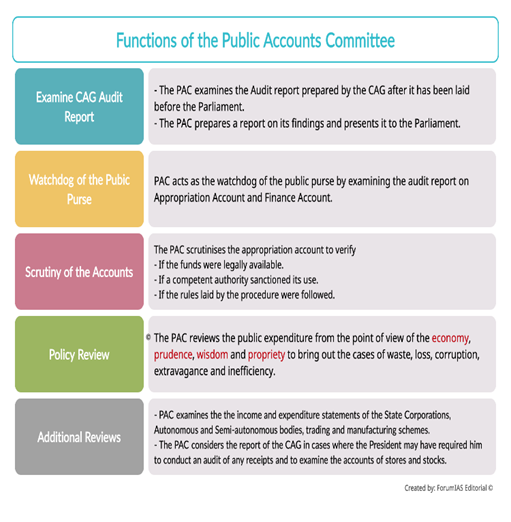 About:
About:
- PAC is one of the three Financial Parliamentary committees, the other two are the Estimates Committee and the Committee on Public Undertakings.
- The Public Accounts Committee was introduced in 1921 after its first mention in the Government of India Act, 1919 also called Montford Reforms.
- The Chairman of the Committee is appointed by the Speaker of Lok Sabha.
- It presently comprises 22 members (15 LS and 7 RS) with a term of one year
https://www.thehindu.com/news/national/pac-stresses-fiscal-prudence-in-implementing-public-financial-management-system/article66262724.ece/amp/
Fusion - Edukemy Current Affairs
Why in news? Scientists for the first time able to engineer a reaction that produced more power than was used to ignite it.
About:
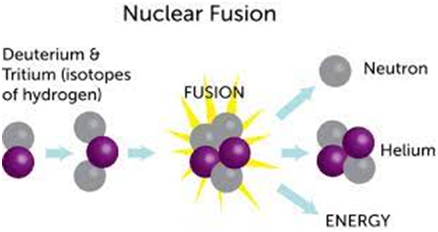
- Nuclear fusion is defined as the combining of several small nuclei into one large nucleus with the subsequent release of huge amounts of energy.
- Harnessing fusion, the process that powers the Sun, could provide a limitless, clean energy source.
- Fusion reactions take place in a state of matter called plasma.
- Plasma is a hot, charged gas made of positive ions and free-moving electrons that has unique properties distinct from solids, liquids and gases.
https://indianexpress.com/article/explained/explained-sci-tech/fusion-clean-energy-breakthrough-explained-8324707/
Cervical Cancer - Edukemy Current Affairs
Why in news? Recently,Saudi Arabia launched Middle East Green Initiative to combat the threat of climate change.
About:

- It is a type of cancer that occurs in the cells of the cervix - the lower part of the uterus that connects to the vagina.
- Various strains of the Human papillomavirus (HPV) play a role in causing most cervical cancer.
- Cervical cancer usually develops slowly over time.
- The HPV vaccine (Cervarix) protects against two of the cancer-causing strains, which are HPV 16 and 18.
https://indianexpress.com/article/explained/explained-health/who-cervical-cancer-target-still-distant-lancet-study-8325042/
Family Pehchan Patra - Edukemy Current Affairs
Why in news? Recently,the Government of India has decided to introduce a Family Pehchan Patra (FPP) for residents of the Union Territory of Jammu & Kashmir.
About:
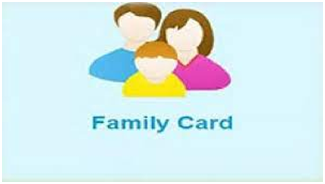
- The FPP will be an identity card with a unique 8-digit alphanumeric number (like in a PAN Card).
- It will be a single identifier for every family and individual in the UT, unlike the Aadhar card which contains information about an individual only.
- It will be linked with the Aadhaar and bank account number of the head of the family.
https://indianexpress.com/article/explained/jammu-and-kashmir-proposed-family-id-card-criticism-explained-8322906/
Pradhan Mantri National Apprenticeship Mela (PMNAM)
Why in news? The Pradhan Mantri National Apprenticeship Mela to be conducted in 197 districts of India.

About:
- PMNAM is being used as a platform to increase the participation of establishments and students.
- The major purpose of this programme is to encourage companies to hire more apprentices.
- It also assisting employers in discovering the right talent and developing their potential via training and practical experience.
- It aims to raise apprenticeship opportunities in India to 10 lakhs by the end of 2022, and to 60 lakhs by 2026.
- The government is striving to train 1 million youth per annum through apprenticeship training and to fulfil this mission.
https://pib.gov.in/PressReleasePage.aspx?PRID=1882299
Asteroid Ryugu - Edukemy Current Affairs
Why in news? A sample of a space rock called Ryugu that returned to Earth almost two years ago may hold the answers to the origin of the planet.

About:
- Asteroid Ryugu is a diamond-shaped space rock.
- Ryugu was discovered in 1999 by the Lincoln Near-Earth Asteroid Research (LINEAR) project, a collaborative, U.S.-based project to catalogue and track space rocks.
- Ryugu is orbiting the sun between Earth and Mars and occasionally crosses Earth's orbit, which means the space rock is classified as "potentially hazardous," though the body poses no imminent danger to our world.
https://www.downtoearth.org.in/news/science-technology/a-chunk-of-space-rock-may-hold-clues-to-origin-of-earth-86531#:~:text=Published%3A%20Tuesday%2013%20December%202022&text=A%20sample%20of%20a%20space,according%20to%20a%20new%20study
A conservation Bill that endangers forest rights: The Hindu
Wild Life (Protection) Amendment Bill 2021
Exam View: Wild Life Protection Act,1972, Wild Life (Protection) Amendment Bill, 2021, UNEP, CITES.
In News: Recently, the Rajya Sabha passed the Wild Life (Protection) Amendment Bill, 2021.
The Bill aims to increase protection for species that are protected by law. It seeks to give effect to India's obligations under the Convention on International Trade on Endangered Species of Wild Fauna and Flora ('CITES').
The Wild Life (Protection) Act, 1972:
It provides a legal framework for the protection of various species of wild animals and plants by
- Management of their habitats,
- Regulation and control of trade in wild animals, plants and products made from them.
- Prohibiting all forms of hunting and,
- Creating inviolate areas where wildlife conservation may be carried out.
- The act also lists schedules of plants and animals that are afforded varying degrees of protection and monitoring by the government.
CITES

CITES:
Constitutional Provisions for Wildlife Conservation:
- Article 48 A (Directive Principles of State Policy): It mandates that the State shall endeavour to protect and improve the environment and to safeguard the forests and wildlife of the country.
- 42nd Amendment Act, 1976: Forests and Protection of Wild Animals and Birds was transferred from State to Concurrent List.
- Article 51A(g): It states that it shall be the fundamental duty of every citizen to protect and improve the natural environment including forests and Wildlife.
Objective of Bill:

Proposed Amendments:
- The aspects of protecting species from the wildlife trade, are in line with international standards.
- The amendment further invests in this conception of protected areas and species by bringing in newer species to be protected.
- Section 6 has been amended to constitute Standing Committee to exercise such powers and duties as may be delegated to it by the State Board for Wildlife.
- Section 43 of the act was amended which permitted the use of elephants for 'religious or any other purposes'.
- To allow the Central Government to appoint a Scientific Authority to provide guidance on matters relating to the impact on the survival of the specimens on being traded.
- The Bill also empowers the Central government to regulate and stop the import, trade or possession of invasive plant or animal alien species.
- Penalty - For general violations from ₹25,000 to ₹1,00,000, and for Specially protected animals from ₹10,000 to ₹25,000.
Concerns Associated with the Bill:
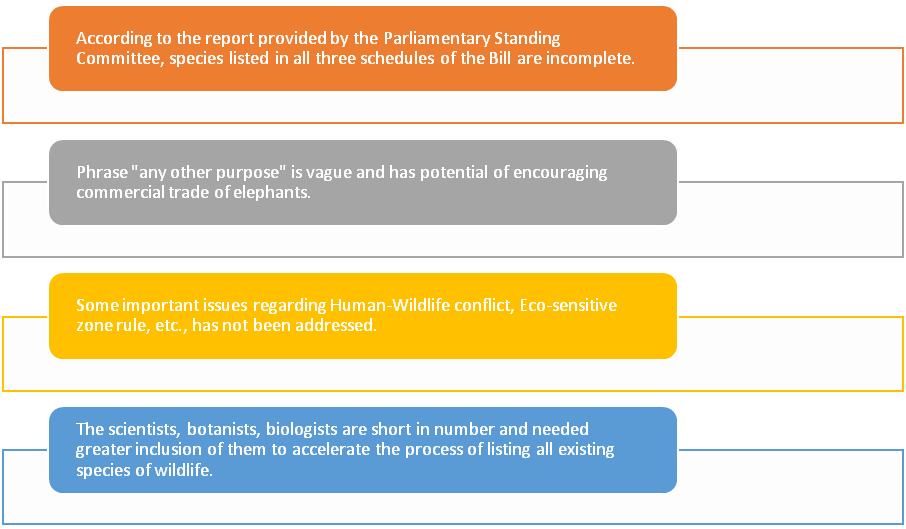
Way Forward:
- Participation of local communities: Only having regulations and technological understanding is not sufficient, local communities must also realize the value of their engagement.
- Strict enforcement of the law is necessary for the conservation of wildlife.
- Any further amendments must take stock of wrongful cases and the resultant criminalisation of rights and lives of forest-dwelling communities.
https://www.thehindu.com/opinion/op-ed/a-conservation-bill-that-endangers-forest-rights/article66259707.ece/amp/
NZ Laws on Smoking and Tobacco
Background
New Zealand has passed into law, a unique plan to phase out tobacco smoking by imposing a lifetime ban on young people buying cigarettes.
About the legislation:
- Smoke-free Environments and Regulated Products (Smoked Tobacco) Amendment Bill bans the sale of tobacco to anyone born after 2008.

- It also brings in other restrictions on tobacco products, such as limiting the number of shops allowed to sell them and the amount of nicotine allowed in cigarettes and other consumables. It brings down the number of shops selling smoked tobacco products in the country to 600 from the 6,000 at present
- The legislation will increase the legal age to buy tobacco products each year, with the aim of eventually phasing out smoking altogether.
- Those found violating the provision will be fined up to NZ$150,000.
What are the concerns with the legislation?
- The legislation has been criticized for its various untested provisions and “nanny state” approach of the government.
- Strict curbs on the sale of tobacco products would kill off small shops and force people into the black market.
- Significant uncertainty in the outcomes exist since such laws haven’t been widely implemented internationally.
- The legislation does not ban vaping which is prevalent in New Zealand.
Related information
- Bhutan banned cigarette sales outright in 2010, although it temporarily lifted the ban in 2020 to stop black marketing during the COVID-19 border closure.
- The most prevalent form of tobacco use in India is smokeless tobacco and commonly used products are khaini, gutkha, betel quid with tobacco and zarda.
Source:
https://indianexpress.com/article/explained/explained-global/new-zealand-bans-sale-of-tobacco-to-those-born-after-2008-provisions-of-new-law-8324814/
Share the article
Get Latest Updates on Offers, Event dates, and free Mentorship sessions.

Get in touch with our Expert Academic Counsellors 👋
FAQs
UPSC Daily Current Affairs focuses on learning current events on a daily basis. An aspirant needs to study regular and updated information about current events, news, and relevant topics that are important for UPSC aspirants. It covers national and international affairs, government policies, socio-economic issues, science and technology advancements, and more.
UPSC Daily Current Affairs provides aspirants with a concise and comprehensive overview of the latest happenings and developments across various fields. It helps aspirants stay updated with current affairs and provides them with valuable insights and analysis, which are essential for answering questions in the UPSC examinations. It enhances their knowledge, analytical skills, and ability to connect current affairs with the UPSC syllabus.
UPSC Daily Current Affairs covers a wide range of topics, including politics, economics, science and technology, environment, social issues, governance, international relations, and more. It offers news summaries, in-depth analyses, editorials, opinion pieces, and relevant study materials. It also provides practice questions and quizzes to help aspirants test their understanding of current affairs.
Edukemy's UPSC Daily Current Affairs can be accessed through:
- UPSC Daily Current Affairs can be accessed through Current Affairs tab at the top of the Main Page of Edukemy.
- Edukemy Mobile app: The Daily Current Affairs can also be access through Edukemy Mobile App.
- Social media: Follow Edukemy’s official social media accounts or pages that provide UPSC Daily Current Affairs updates, including Facebook, Twitter, or Telegram channels.

